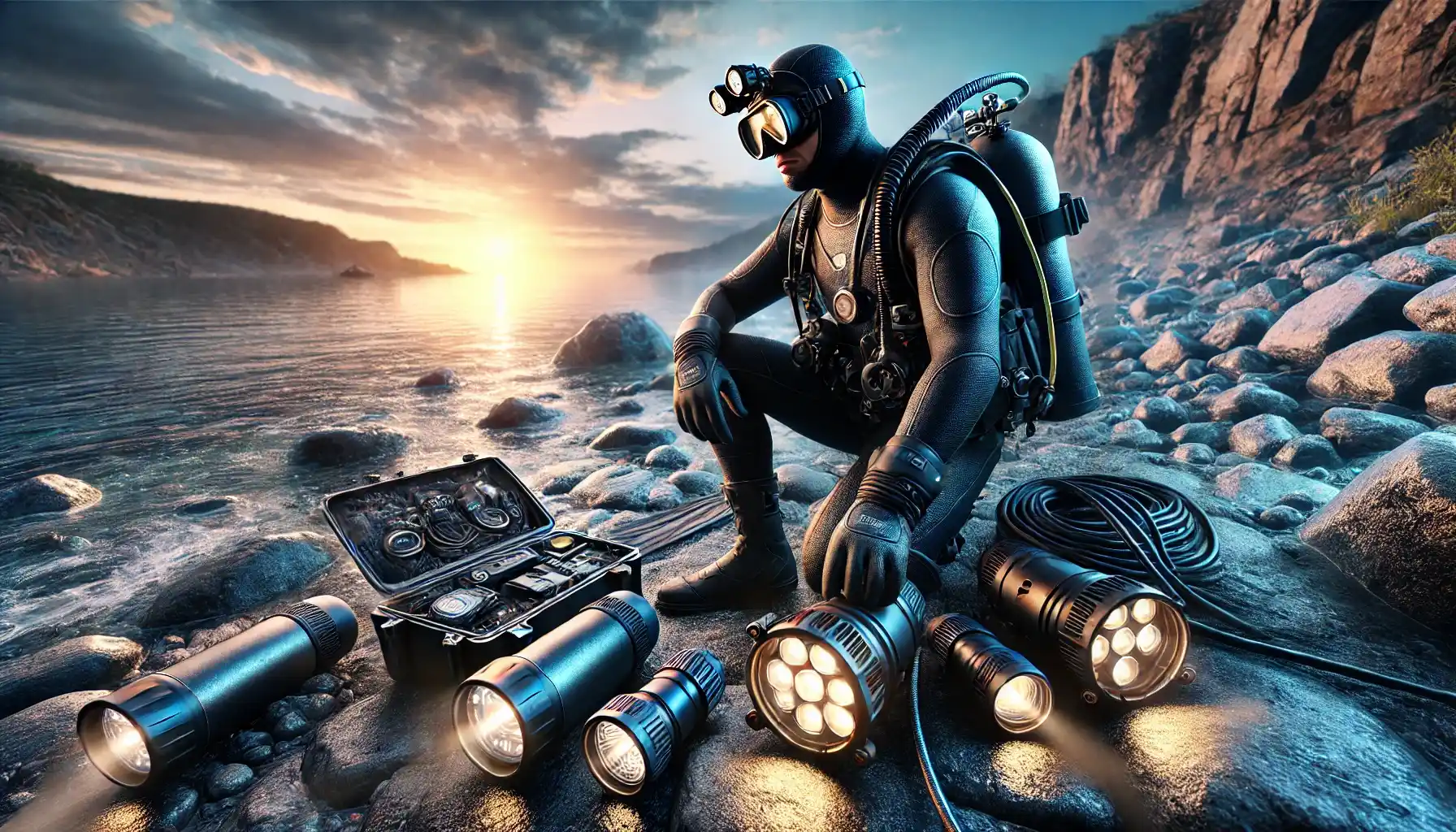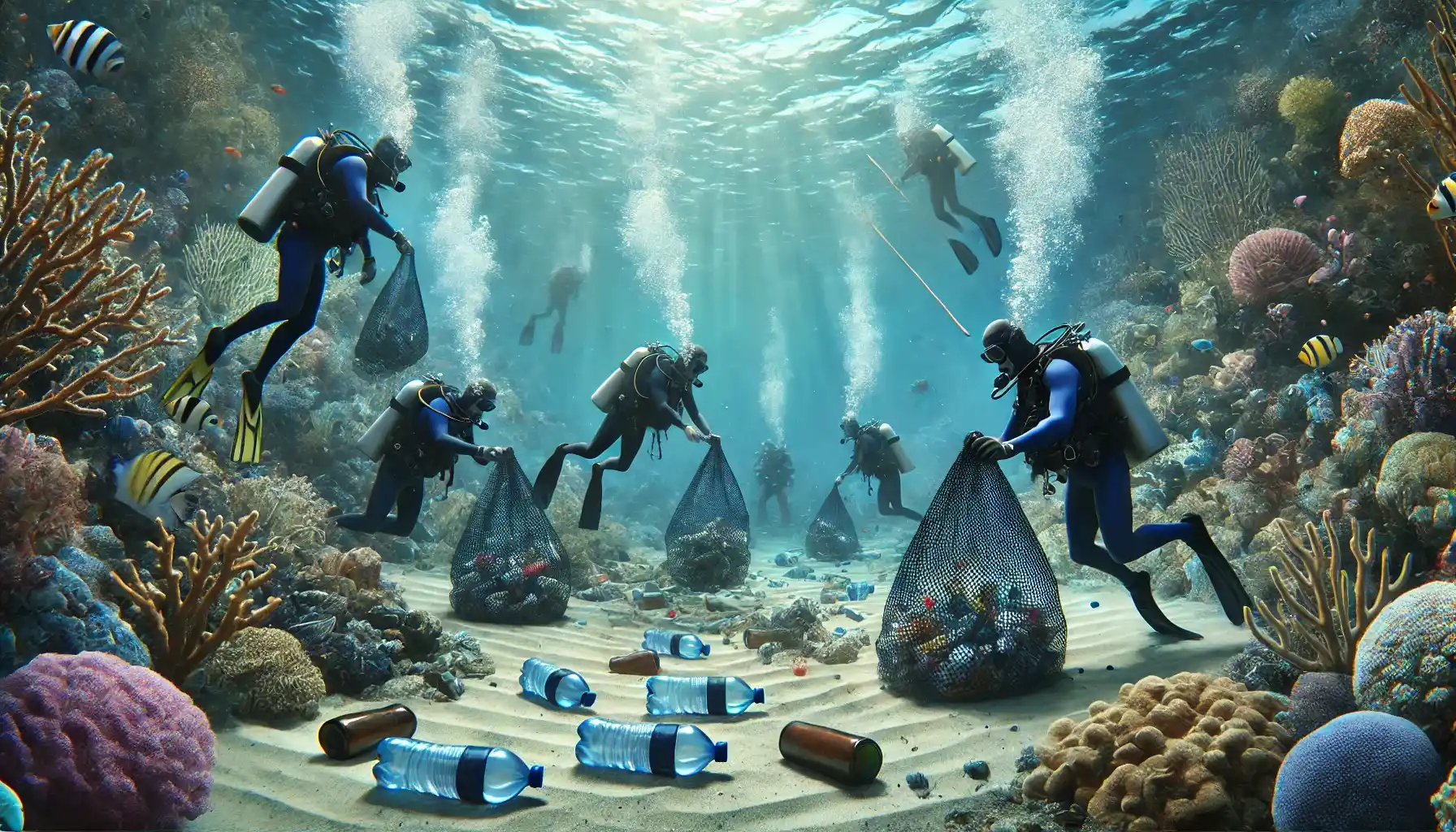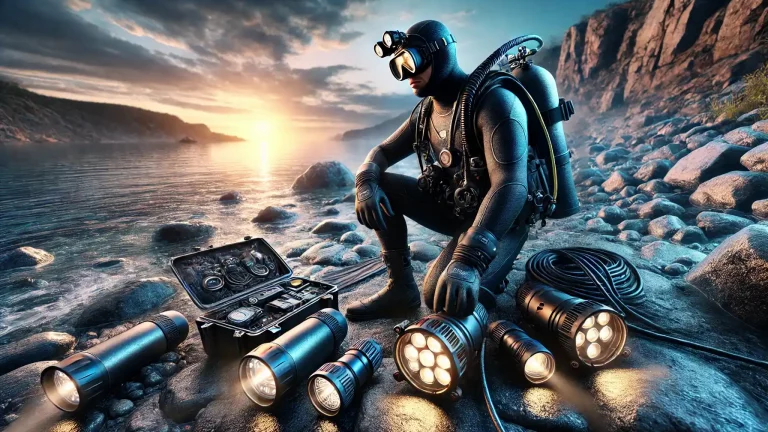It is no secret that the depths of the sea hold countless secrets. Shipwrecks are like archives of the past, hiding secrets of great voyages, trade, triumphs and even tragedies. And underwater caves amaze with their silence and mysterious beauty. These places allure explorers, promising unique finds, whether coins, jewelry, pottery, or great historical discoveries.
Just as the JFK bicentennial half dollar value is greater than its face amount and is prized in numismatic circles, so too every underwater discovery, even the most modest, adds value to our knowledge. So today we would like to talk about how to explore the underwater world in a smart and environmentally friendly way to preserve its riches for future generations.

Preparing for Underwater Exploration: Why It Matters
It is going without saying that studying the depths of the sea is certainly an exciting adventure, but it is also a serious challenge. And this is where improper preparation can not only derail your search but can also lead to dangerous situations and even your death. That is why it is very important to consider the preparation process thoroughly.
Equipment Choice
Technical training is the foundation of successful and safe underwater exploration. The following is what you’ll need:
Tools for Underwater Exploration
| Tool | Selection tips |
| Aqualung | Choose a model with a high-pressure regulator and automatic cleaning system. |
| Underwater lights | Look for models with a wide angle of light and long run time. |
| Metal detectors | Only waterproof units that are compatible with salt water are suitable. |
| Wetsuit | Neoprene with a thickness of 5 mm or more is preferred for comfortable cold water diving. |
| Dive computer | Displays depth, pressure and oxygen levels in real time. Choose models that support multimodal systems (e.g. nitrox). |
| Anti-fog mask | Test for tightness and fit before purchasing. |
| Underwater camera | Cameras with 4K support and a shock-resistant housing are best. |
| Safety buoys | These are used to signal your location on the surface. Choose inflatable models in bright colors to make them easy to spot. |
Tip: Consult with experienced divers before purchasing equipment. Also, always check your equipment before each dive to avoid unpleasant surprises.
Legal Considerations
Many people mistakenly believe that anything found underwater is automatically their property. But in reality, most marine finds are governed by international laws such as the UNESCO Convention on the Protection of Underwater Cultural Heritage. For example:
- Shipwrecks often belong to their countries of origin.
- Without a research license, you are not allowed to raise artifacts.
Interesting fact: In 2007, Odyssey Marine Exploration raised a load of coins from the Spanish ship Nuestra Señora de las Mercedes, which sank in 1804. But despite the commercial success of this operation, Spain sued, and all the recovered coins were returned to the country, emphasizing the importance of respecting international laws.
Stories, Treasures and Coins: What’s Hiding on the Seabed?
Shipwrecks are little universes filled with riches. There could be jewelry, weapons, pottery, household items on board. But coins are one of the most frequent and valuable finds. They help date a shipwreck, determine the ship’s route, and even help us understand how trade affected the economy. For example, in 1985, a cargo of silver and gold coins, valued at $450 million dollars, was lifted from the Spanish galleon Atocha.
Interestingly, coins that have lain on the seafloor for centuries are often preserved in surprisingly good condition due to salt water, which combined with seafloor conditions actually preserved the metal. In 2014, for example, divers discovered the largest hoard of gold coins from the Fatimid era (around the 11th century) off the coast of Israel. More than 2,000 coins that had been lying underwater for almost 1,000 years retained their luster and clear images, which seemed to be preserved in conditions on the seabed.
By the way, modern technology has greatly simplified the work with coins. So, due to Coin ID Scanner you can quickly identify a coin, determine its origin, age and approximate value. For example, an old silver coin from the hold of a Spanish ship may turn out to be a valuable numismatic specimen. But ships are not only treasures. They are also sources of knowledge about the history of navigation, trade and culture.
Ecosystem Stewardship: What You Should Know
You always need to remember that exploring the underwater world is a great responsibility to nature and heritage. And once you discover the riches hidden on the seabed, it is important to understand how to explore them without harming ecosystems and preserving the historical value of the finds.
Be aware of the fragile underwater ecosystems
Marine ecosystems are a delicate balance of nature, and its disturbance can lead to irreversible consequences. Remember that the seabed contains rare inhabitants such as deep-sea sponges or corals. By the way, corals can grow as little as 1 cm in 10 years, and their destruction is possible in one awkward movement. They are easily damaged even by accidental touch, so it is important to use equipment that minimizes contact with reefs. By the way, underwater caves are also very fragile environments, where suspended sediments picked up by careless movement can worsen conditions for organisms.
Observe ethical principles while exploring
Before starting work, make sure you have sufficient knowledge of the site, including its history and the possible significance of the finds to avoid actions that could damage the ecosystem or reduce the scientific value of the site.
If the object is in a fragile area, it is best to leave it in place until professional oceanologists are consulted. It is also important to take detailed notes and photographs of finds directly underwater. Be sure to record the location of finds using GPS or underwater maps – it will not only facilitate further research but also preserve important data about the context in which the item was found. In addition, try to take only those items that have really scientific or historical value, so as not to rob the site of its unique significance.
Protect marine ecosystems
Preserving the underwater world is the responsibility of scientists and ecologists, and at the same time it is an important task for every explorer. Underwater ecosystems are incredibly fragile, and any interference can upset their natural balance. However, due to following a few simple principles, you can do your part to protect them.
- Choose equipment that is environmentally friendly. Use wetsuits and fins made of safe materials.
- Clean up trash. Remove plastic waste and other trash along with your finds.
- Do not feed animals. This can disrupt their natural behavior and harm the ecosystem.
- Cooperate with scientists. Report findings to scientific organizations for professional study.

Keepers of the Underwater Mysteries
Exploring the depths of the sea is a chance to touch history, but it is also a great responsibility to nature. It is important to remember that every action you take can leave a mark on this unexplored world, and only by being ethical and ecological can you ensure that underwater riches are preserved for future generations. Be mindful, care for nature, and let every exploratory step be a step towards harmony with the sea.

